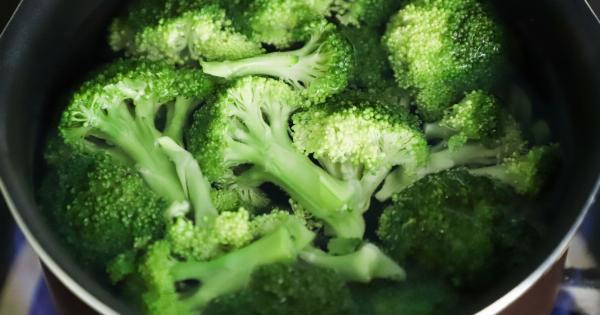Many fruits have a distinct scent that can be recognized from miles away, but there’s only one that has the power to cut through the slums with its scent – the mango.
The mango is a delicious and nutritious tropical fruit that is loved by people all over the world. But did you know that the mango has a long and fascinating history?.
The history of the mango
The mango is believed to have originated in India over 4,000 years ago. The fruit was considered sacred by the Hindus and was often used in religious ceremonies.
Throughout history, the mango has been known by many different names, including the “fruit of the gods” and the “king of fruits.”.
During the 14th century, the mango was introduced to Africa and later to Brazil by Portuguese explorers. The fruit eventually made its way to the Caribbean and then to North and South America.
Today, the mango is grown in countries all over the world, including India, Pakistan, Mexico, and some parts of Africa, South America, and the United States.
The nutritional benefits of mango
Not only is the mango delicious, it is also packed with nutritional benefits. Mango is an excellent source of vitamin C, which is important for boosting the immune system and keeping the skin healthy.
The fruit is also high in fiber, which can help with digestion and maintaining a healthy weight.
Mango is also an excellent source of vitamin A, which is important for eye health and can help prevent certain types of cancer.
In addition, it contains a variety of antioxidants that can protect against cell damage and reduce the risk of chronic diseases such as heart disease and Alzheimer’s.
The many uses of mango
Mango is a versatile fruit that can be used in a variety of ways. In India, it is often used to make chutney, which is a tangy and spicy sauce that pairs well with meat and vegetables.
In Mexico, mango is often used to make salsa, which is a sweet and spicy sauce that is perfect for dipping tortilla chips.
Mango can also be added to smoothies, salads, and desserts. The fruit is often used to make ice cream, sorbet, and other frozen treats. Mango can also be used to make jams and jellies, and is a popular ingredient in many Southeast Asian dishes.
The mango’s ability to cut through the slums
The mango has a unique ability to cut through the slums with its scent. In some of the poorest neighborhoods in cities like Delhi, Mumbai, and Kolkata, the smell of ripe mangoes can be detected from blocks away.
For many people living in the slums, the mango is a symbol of hope and prosperity.
In India, the mango is often associated with the monsoon season, which brings much-needed rain to the country after months of dry weather.
As the mangoes ripen during the monsoon season, they provide a source of income for many families living in poverty.
The cultural significance of mango
The mango has played an important role in many cultures throughout history. In India, the fruit is often seen as a symbol of love and is given as a gift to express affection.
The mango is also associated with the Hindu god Ganesha, who is often depicted holding a mango in his hand.
In Thailand, the mango is considered the national fruit, and is often used in traditional Thai dishes. In the Philippines, the mango is often used in festivals and celebrations, and is considered a symbol of the country’s pride and heritage.
The future of the mango
Despite its cultural significance and nutritional benefits, the mango is facing a number of challenges. Climate change, disease, and the spread of urbanization are all threatening the future of the mango.
In some parts of India, farmers are struggling to grow mangoes due to drought and other environmental factors.
However, there are also many efforts underway to protect and promote the mango for future generations.
In some countries, farmers are working to develop new varieties of mango that are resistant to disease and can thrive in different environmental conditions. In addition, there are many organizations working to promote sustainable mango farming practices and to raise awareness about the cultural and nutritional importance of the fruit.
The power of the mango
The mango is more than just a delicious fruit – it is a symbol of hope, prosperity, and cultural significance.
As the world faces new challenges and uncertainties, the mango’s ability to cut through the slums with its scent is a reminder of the power of nature and the resilience of the human spirit.






























